We find artifacts that show 5000 years of human activity at my home Swash Manor. It has a mystical energy to it.
I consider myself fortunate to own this place. it is a special place.
The Pee Dee Alternate spellings: Pedee, Peedee, Peadea, Pidees
Possible meanings: From pi’ri, Catawba for “something good” or pi’here, for “smart, expert, capable”
Language family: Siouan
The Pee Dee were some of the first native people the Europeans met while exploring the Americas. Spanish explorer D’Allyon made contact with the Pee Dee in 1521. Prior to the Spanish explorers, these natives lived along the Pee Dee River from Winyah Bay (near Georgetown, SC) to the Town Creek area of North Carolina.
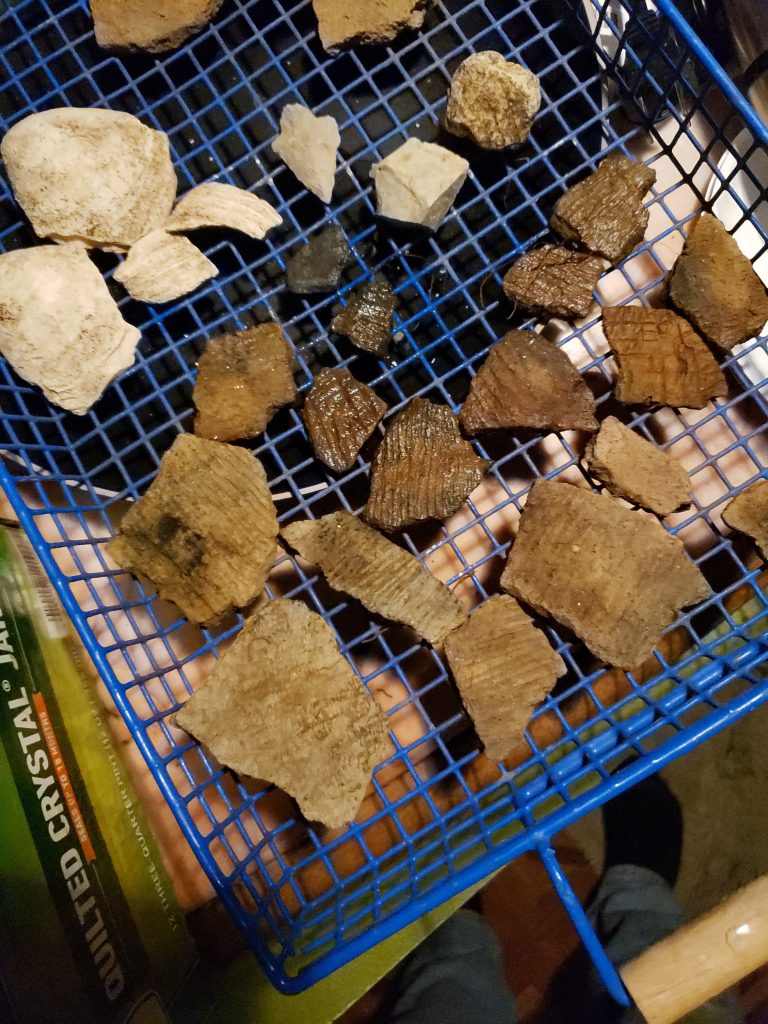
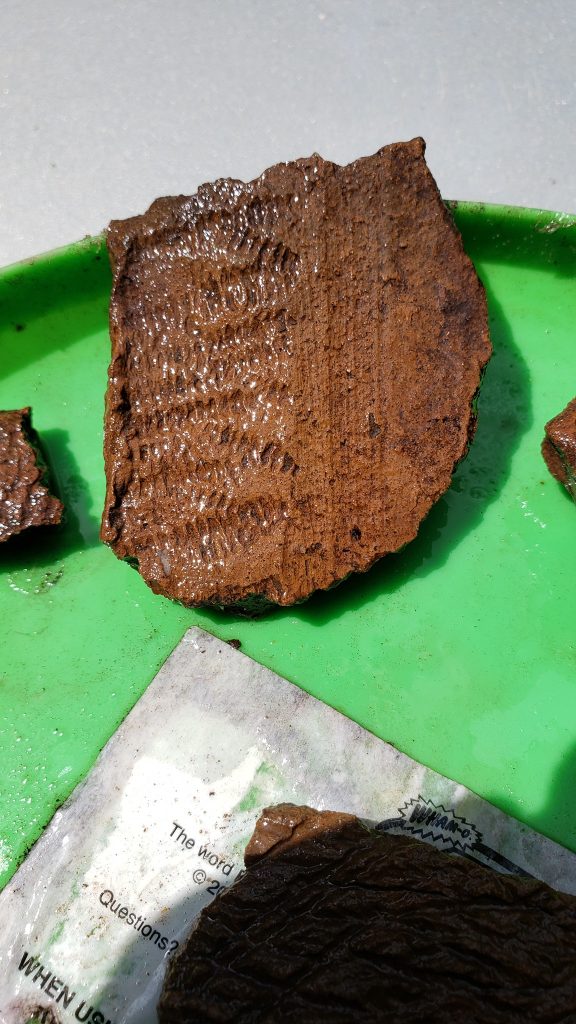
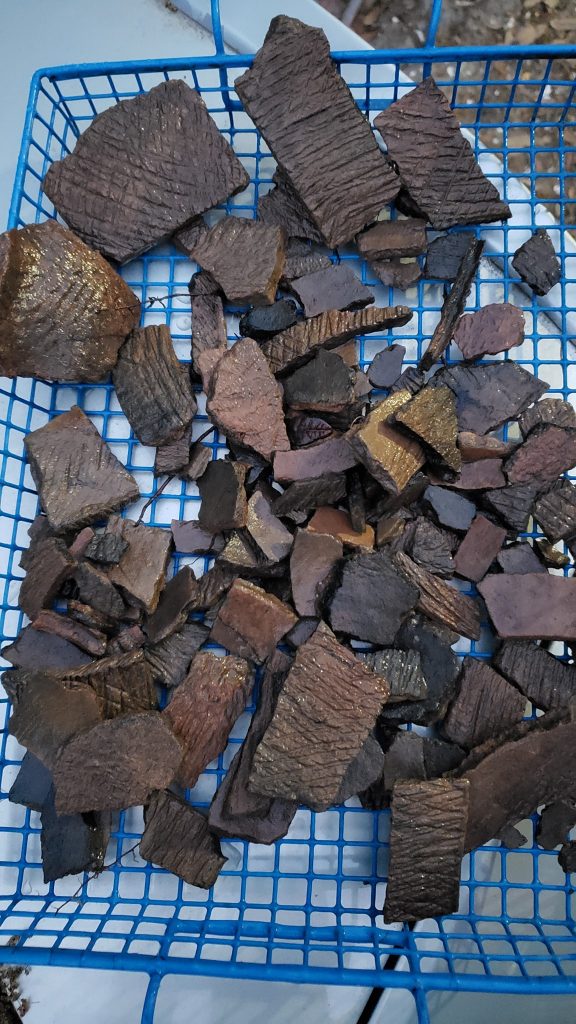
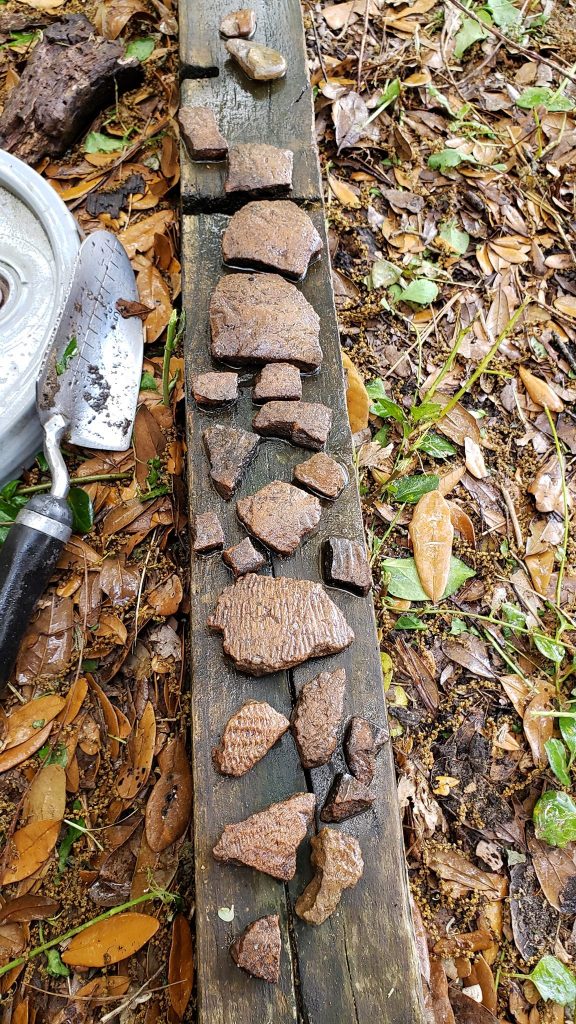
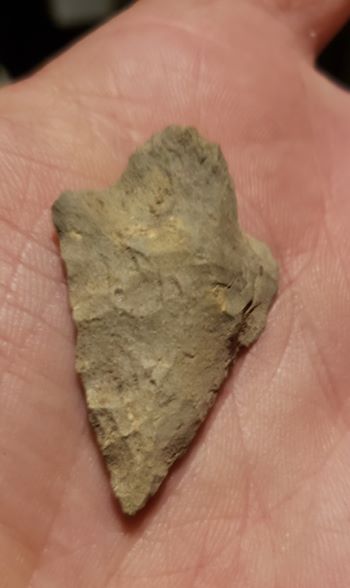
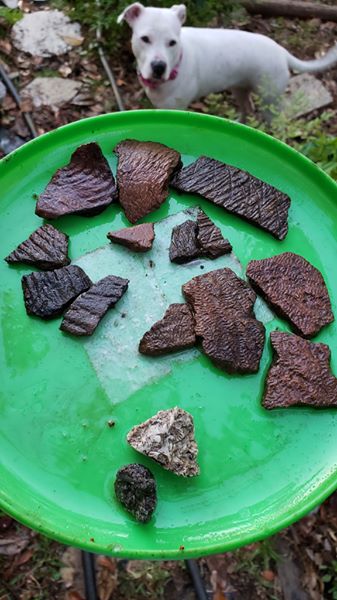
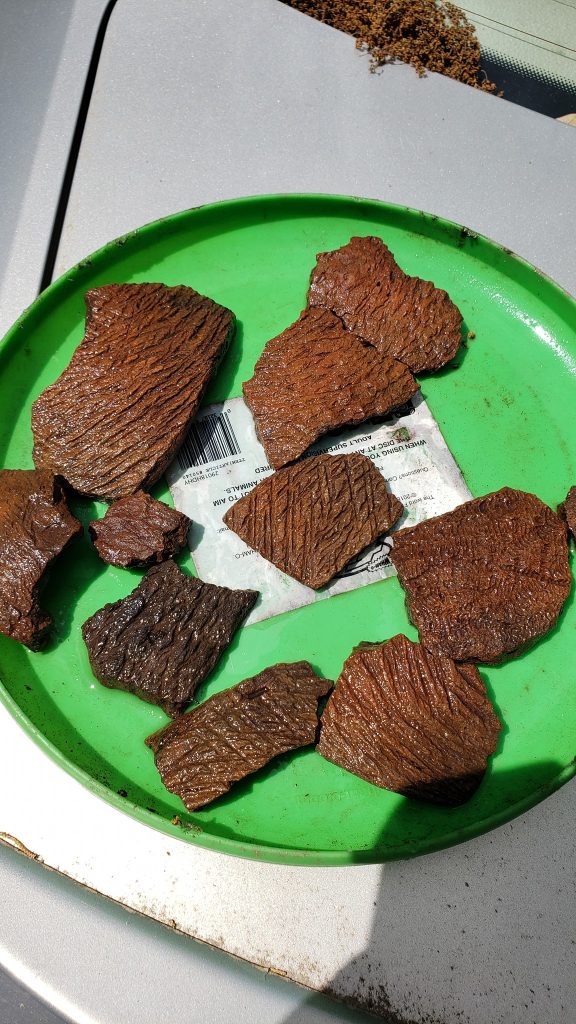
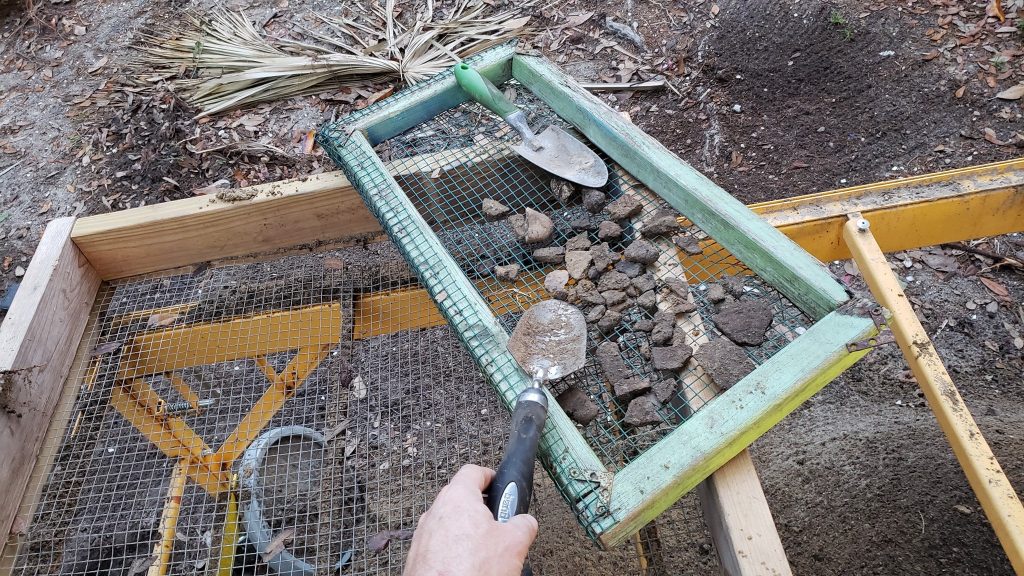

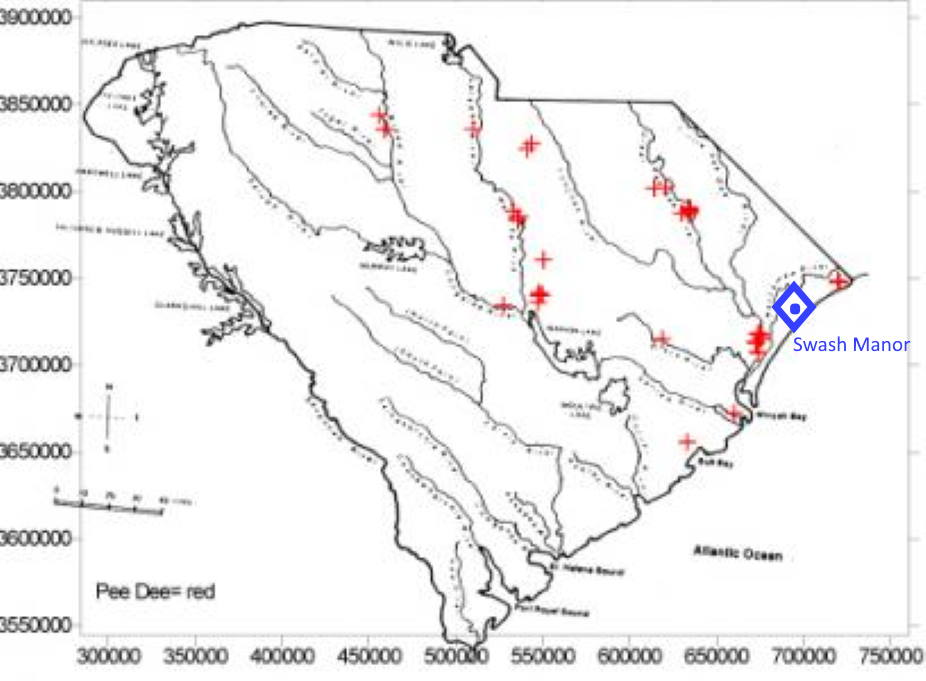
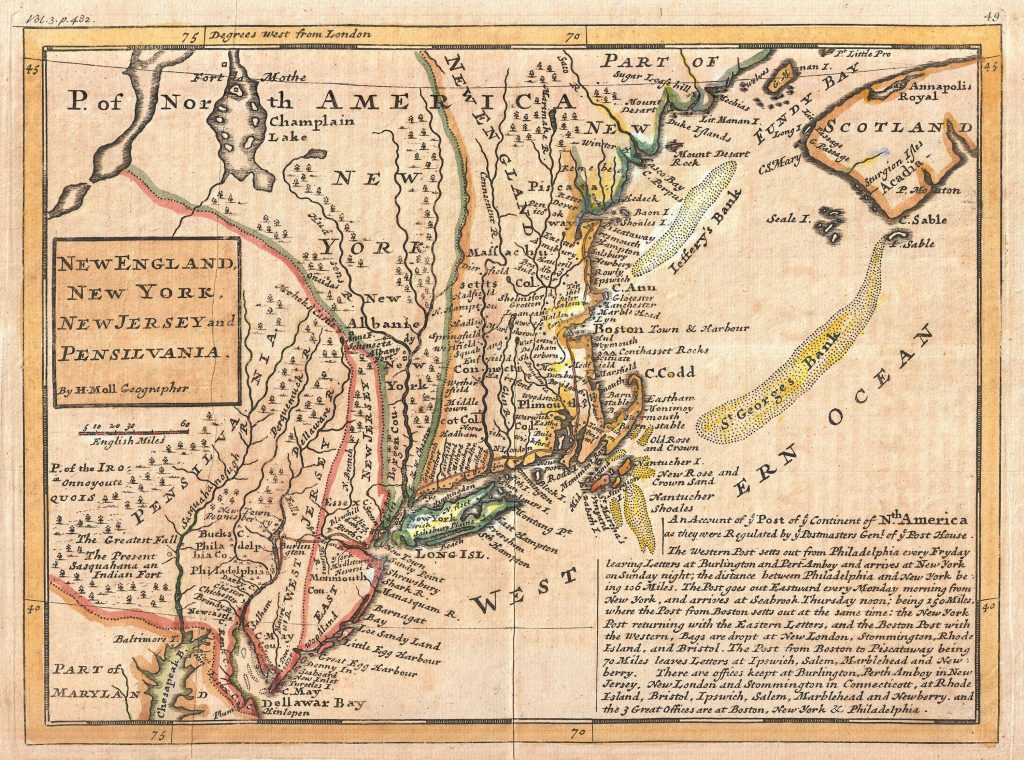
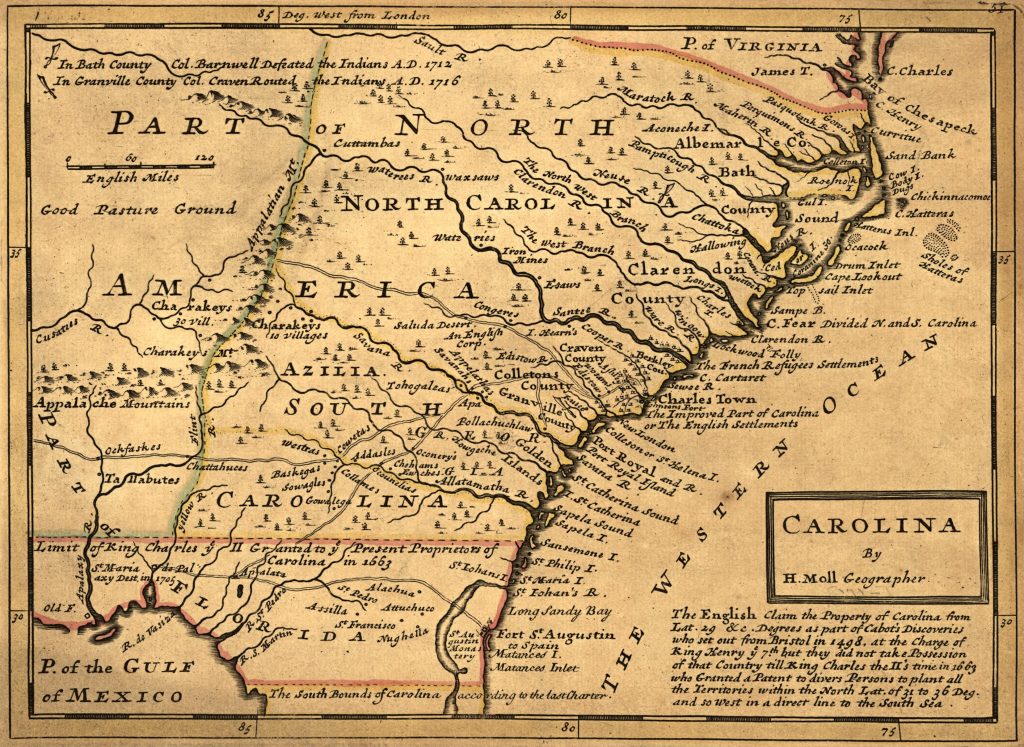
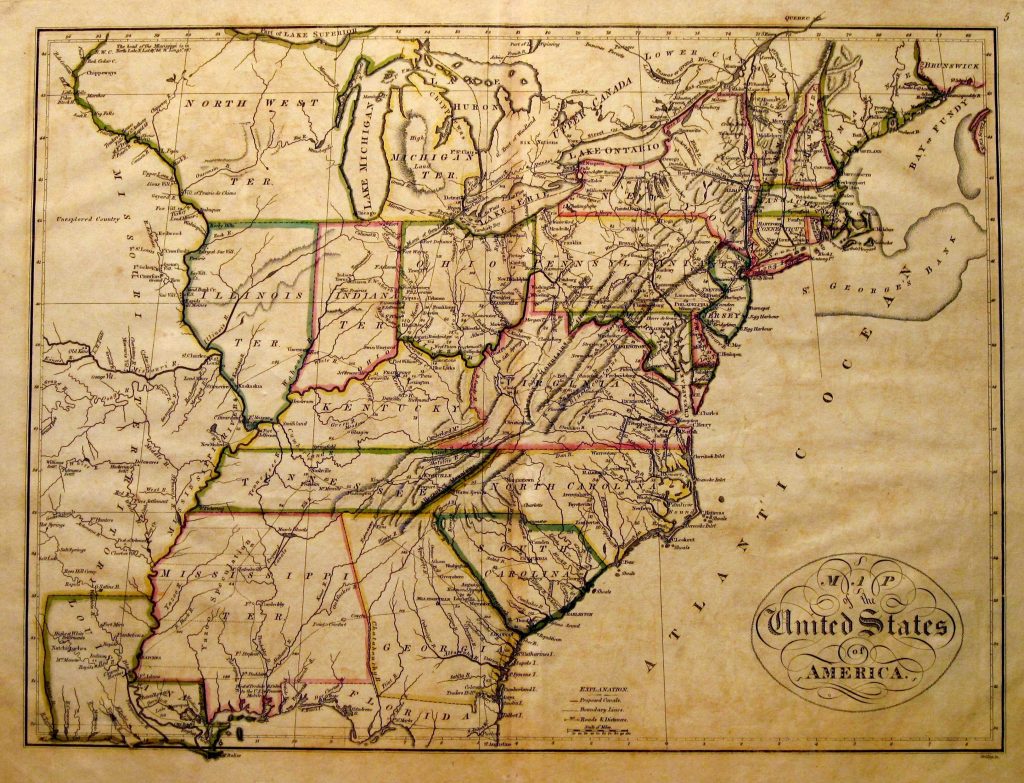
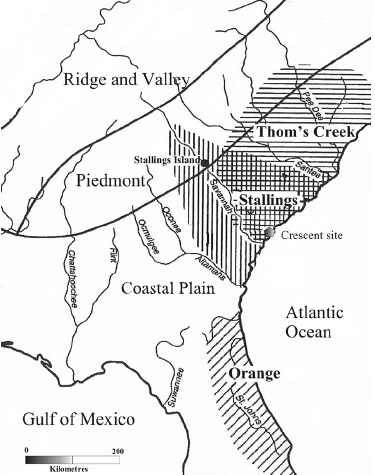
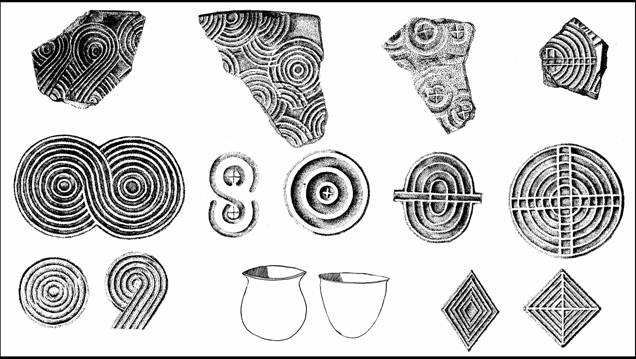
A Google photo album of almost everything i have found. https://photos.app.goo.gl/cYTHRLx9qjPDHKNt6
They raised crops for food and used the river as a trade route with other tribes. A unique tradition of the early Pee Dee was the creation of sacred burial mounds. Some of these mounds can still be found along the Pee Dee River.
The Pee Dee welcomed the English colonists when they began arriving in Charleston in about 1670. Diseases brought by the Europeans killed great numbers of the Pee Dee, yet they traded deer skins and formed alliances with the new colonists. During the Revolutionary War, the Pee Dee helped the colonists fight for independence from Britain.
Most members of the Pee Dee Indian Nation now live near the South Carolina towns of Cheraw and McColl. They continue to show a dedication to their land and the people near it. During Hurricanes Hugo and Andrew, the Pee Dee helped people with food and supplies.
In 1711, South Carolina’s English colonists enlisted the Pee Dee to fight in the Tuscarora War, and they fought alongside the colonists in the Yemassee War of 1715-1716, after which the defeated Yemassee returned to Spanish Florida. When settlers began appearing in what is now Marlboro, Marion, and Dillon Counties of South Carolina around 1730s , they were able to live with the Pee Dee with very little trouble.
Archaeologists and historians say the Pee Dee became extinct by 1808, but the oral stories passed down by the tribe’s elders tell a very different story. Between 1730 and 1800, all of the smaller tribes like the Pee Dee were almost destroyed by disease and attacks by larger tribes, and by white farmers who wanted their farmland. The Pee Dee had no defense under the law, because South Carolina had already changed their status from Indian to Mulatto, Croatan, or free persons of color.
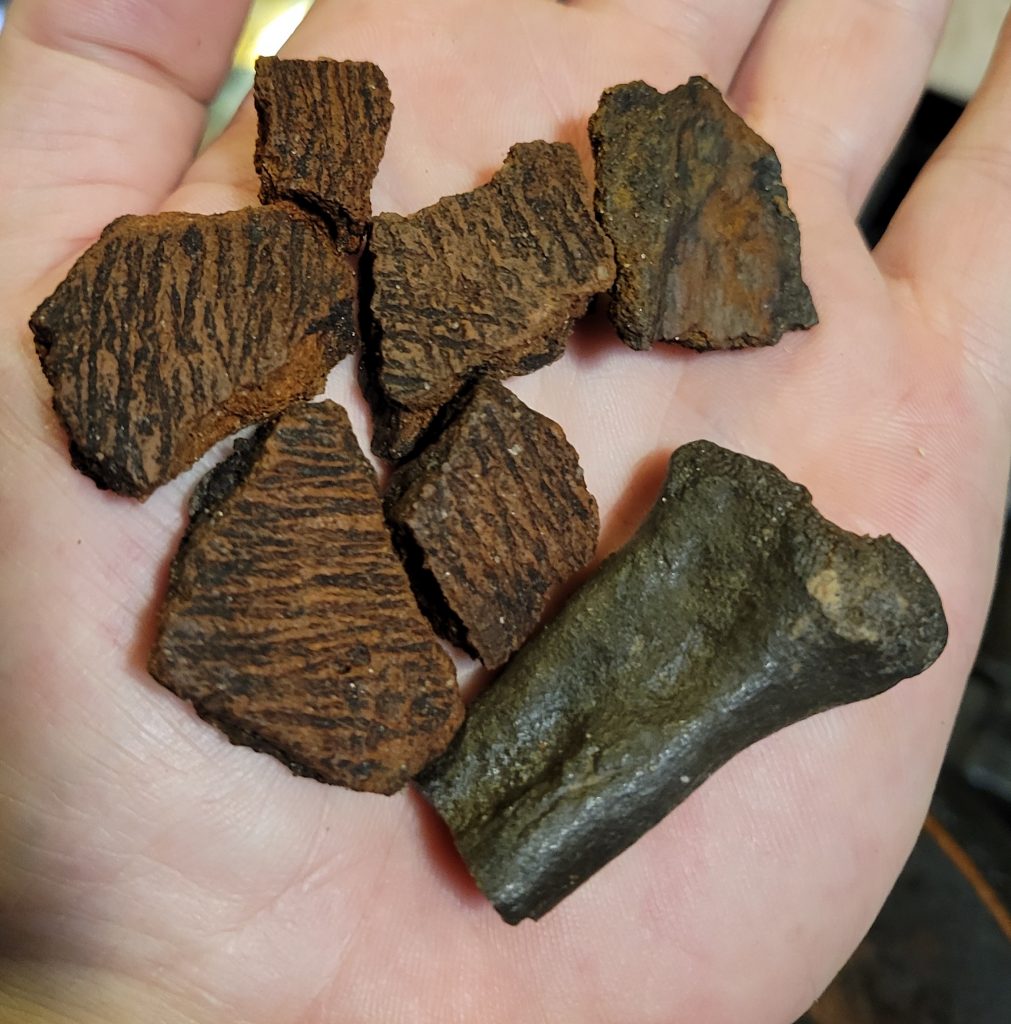
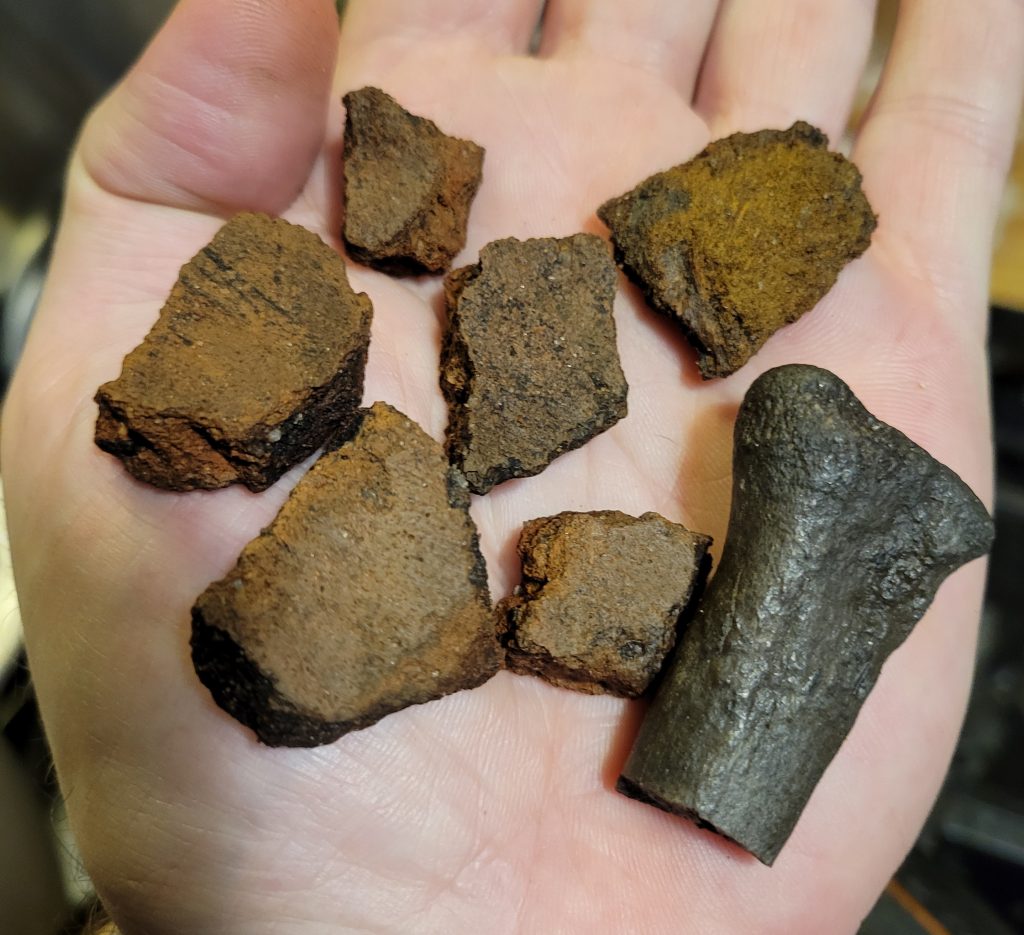
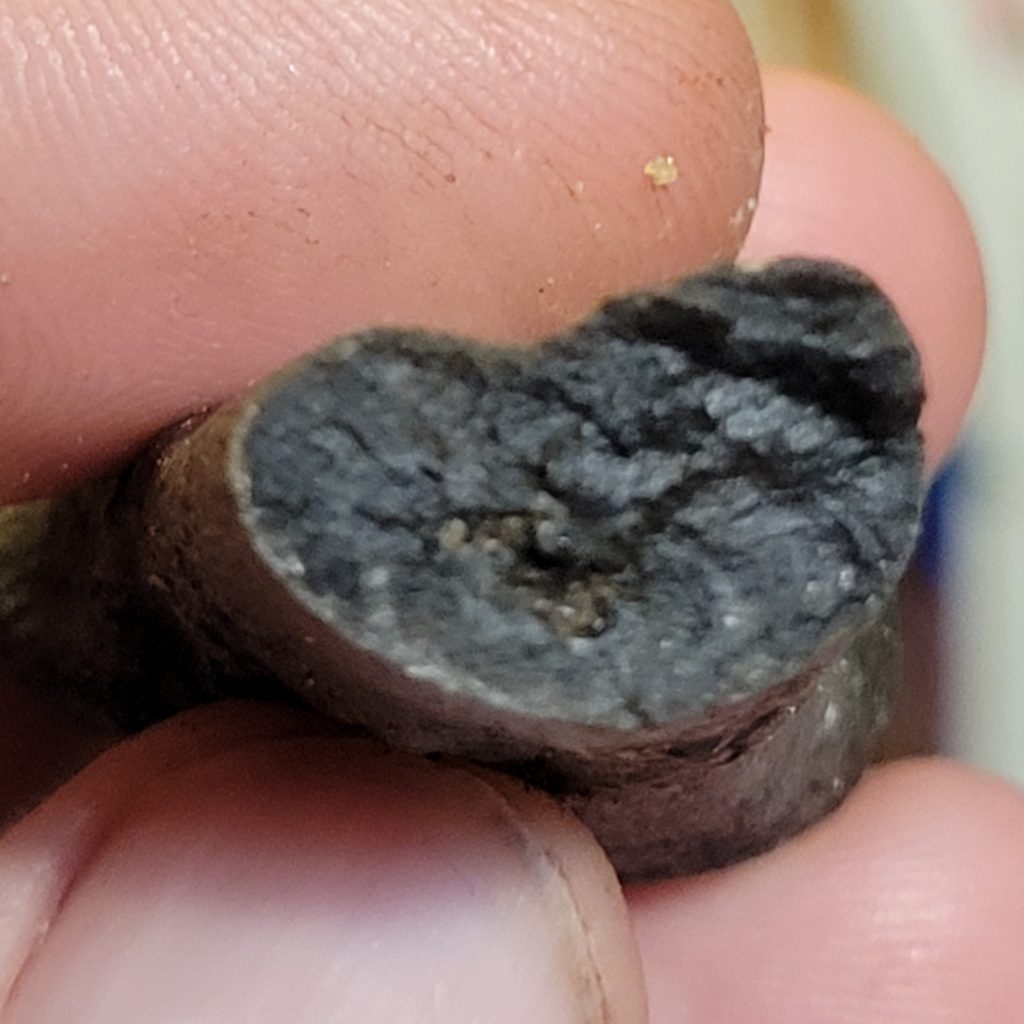
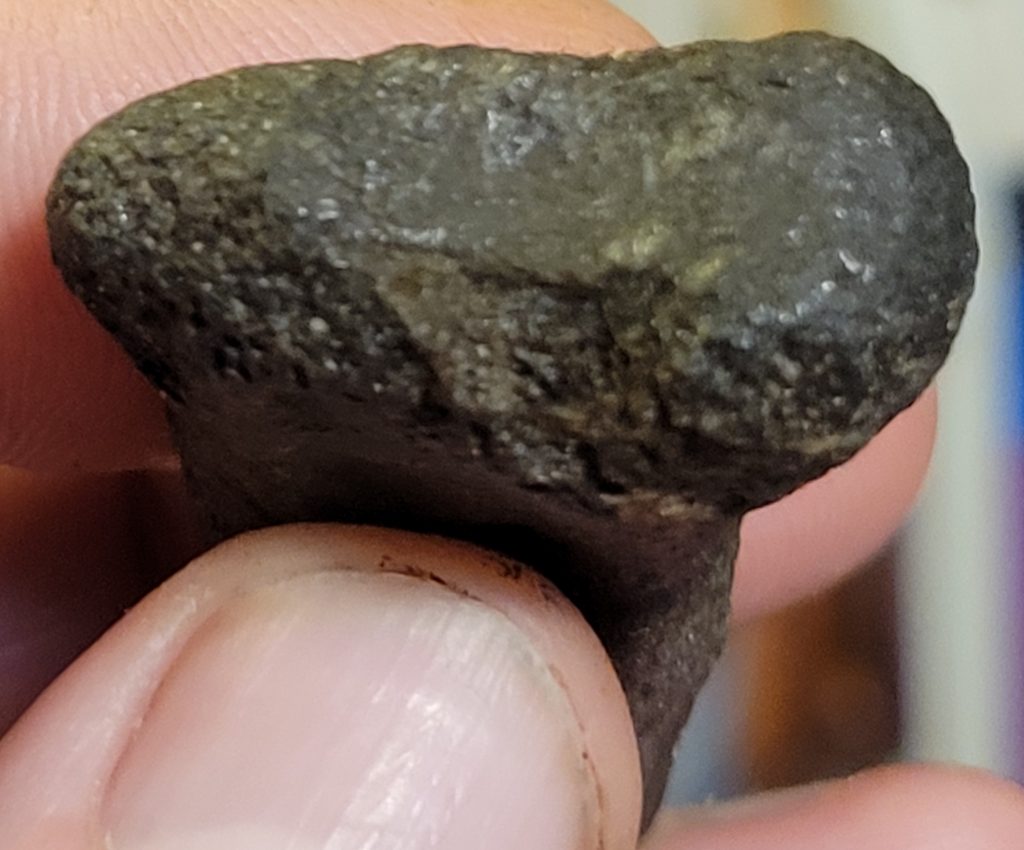
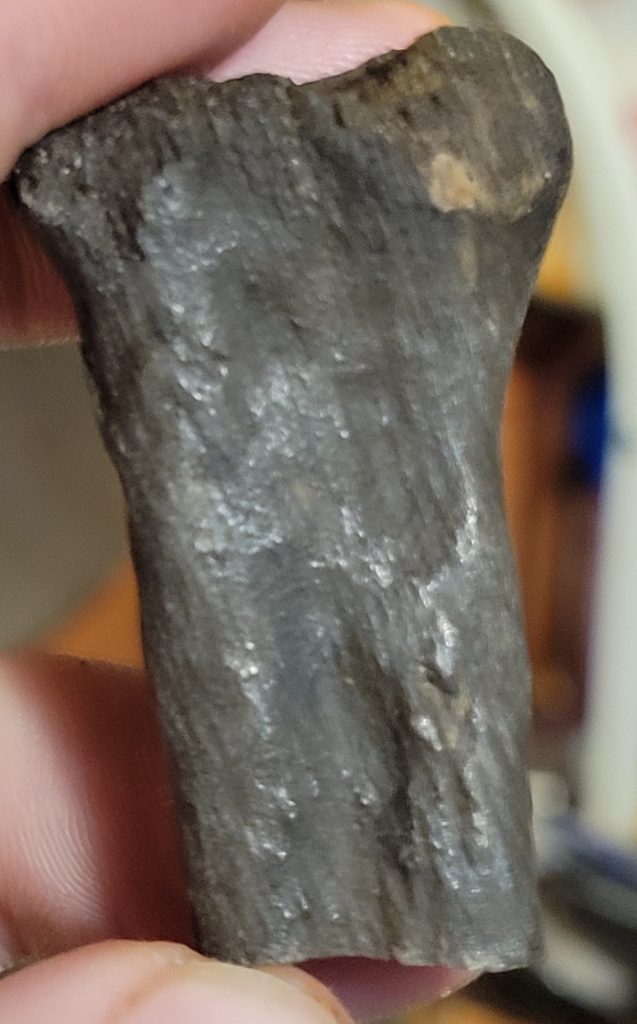
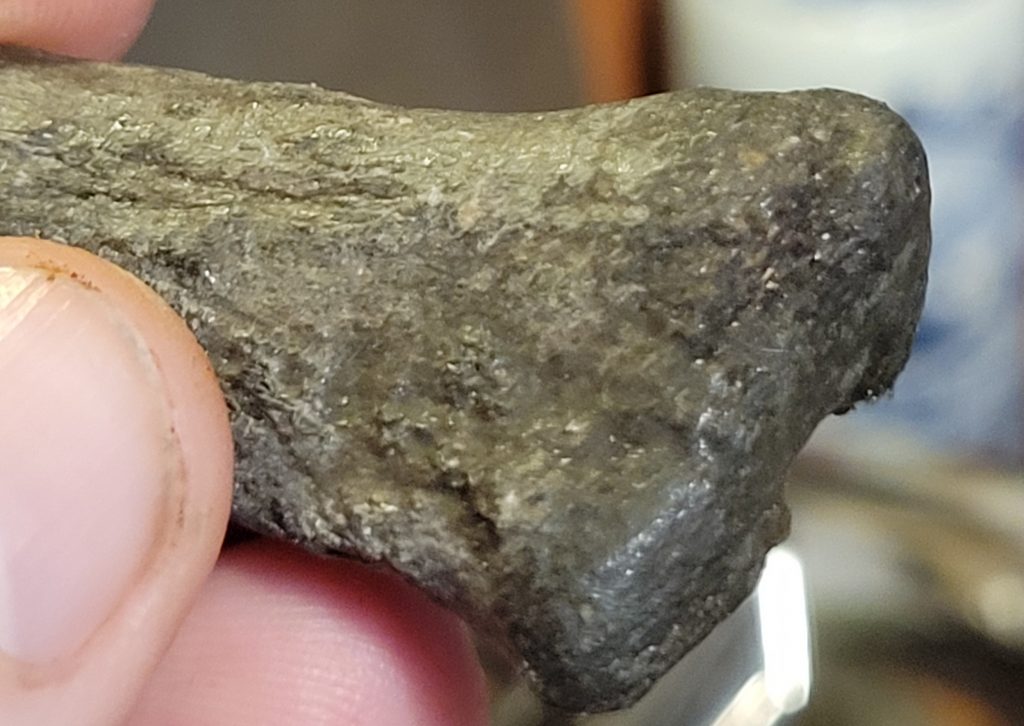
From the late 1790s through the Indian removal acts of the 1830s, the Pee Dee and other small bands were partially assimilated into the white man’s way of life. They abandoned the round type of dwelling, and built log cabins on the land that was available to them.
From the early 1800s until the Civil War of 1861-1865, the descendants of the Original Pee Dee had become small family clans that lived on the rivers. Some were sharecroppers for white farmers who were the descendants of the settlers who the Pee Dee had helped to defeat the Red Coats. Some Pee Dee fought for the South in the Civil War, and there are many tribal members who trace their Indian heritage back to those Soldiers.
The Waccamaw Tribe is first tribe in the State of South Carolina to obtain official recognition from the South Carolina Office of Vital Statistics. Additionally, the Waccamaw gained approval from the Governor’s Minority Affairs Ad Hoc Committee on Indian Recognition as an Indian Tribe as defined in the State of South Carolina.
At the South Carolina Commission for Minority Affairs meeting on February 17, 2005, the Waccamaw Indian People made history by becoming the first of two state recognized tribes in the history of the state of South Carolina. Today there are eight state – recognized tribes in South Carolina. https://www.waccamaw.org/
Pee Dee Indian Tribe of South Carolina
445 Williams Street
McColl, SC 29570
Telephone: 843-319-4435
Email: government@peedeetribe.org
Found at Swash Manor in Myrtle Beach South Carolina
- “Shell ring – Wikipedia” is my favorite shell ring “See Wee shell ring” is listed here. https://en.m.wikipedia.org/wiki/Shell_ring
- This is my favorite shell ring because I’ve been able to visit it so many times, and now it’s luck would have it I live on top of a potential Shell ring or mound, maybe a home/village site in Myrtle Beach. “Sewee Shell Mound Interpretive Trail” https://www.fs.fed.us/wildflowers/regions/southern/SeweeShellMound/index.shtml
- “Shell Rings and Shell Middens | Mount Pleasant Historical” https://mountpleasanthistorical.org/items/show/60
- “Historic Archaeology | SC Archaeology | Archaeology Articles | Archaeological Surveys | Chicora Foundation” https://www.chicora.org/sedentism.html
- “More about Shell Middens; Archives Talk Saturday – Dewees Island, Charleston, SC” https://deweesislandblog.com/2011/01/20/more-about-shell-middens-archives-talk-saturday/amp/
- “COASTAL ENVIRONMENTS AND CAROLINA PREHISTORY: A SHELL MIDDEN ON THE LITTLE RIVER NECK, SOUTH CAROLINA on JSTOR” https://www.jstor.org/stable/44808363?seq=1
- “Minim Island Shell Midden (38GE46) – Wikipedia” https://en.m.wikipedia.org/wiki/Minim_Island_Shell_Midden_(38GE46)
- SOUTH CAROLINA COMPLICATED STAMPED https://peachstatearchaeologicalsociety.org/index.php/8-pottery/459-south-carolina-complicated-stamped-pottery
- The Lowcountry of South Carolina once belonged to more than a dozen distinct groups of Native Americans whose existence is now barely remembered. In the decades after the founding of Charleston in 1670, the indigenous people of this area interacted regularly with White settlers from Europe and enslaved Africans transported from the Caribbean. Disease, warfare, and displacement gradually reduced their numbers, however, and the first people of the Lowcountry were virtually extinct by the middle of the eighteenth century. Their history is now largely forgotten, but their names remain fixed in our modern vocabulary. https://www.ccpl.org/charleston-time-machine/first-people-south-carolina-lowcountry
- http://waddelle.people.cofc.edu/IndiansContents.htm
- Ancient undersea middens offer clues about life before rising seas engulfed the coast. Now we have a better way to study them — The Conversation. “Ancient undersea middens offer clues about life before rising seas engulfed the coast. Now we have a better way to study them” — https://theconversation.com/ancient-undersea-middens-offer-clues-about-life-before-rising-seas-engulfed-the-coast-now-we-have-a-better-way-to-study-them-157413
- “List of shell ring sites – Wikipedia” https://en.m.wikipedia.org/wiki/List_of_shell_ring_sites
- The University of North Carolina at Chapel Hill is a public research university in Chapel Hill, North Carolina. The flagship of the University of North Carolina system, it is considered to be a Public Ivy, or a public institution which offers an academic experience equivalent to an Ivy League university. http://www.rla.unc.edu/Publications/NCArch/SIS_28.pdf
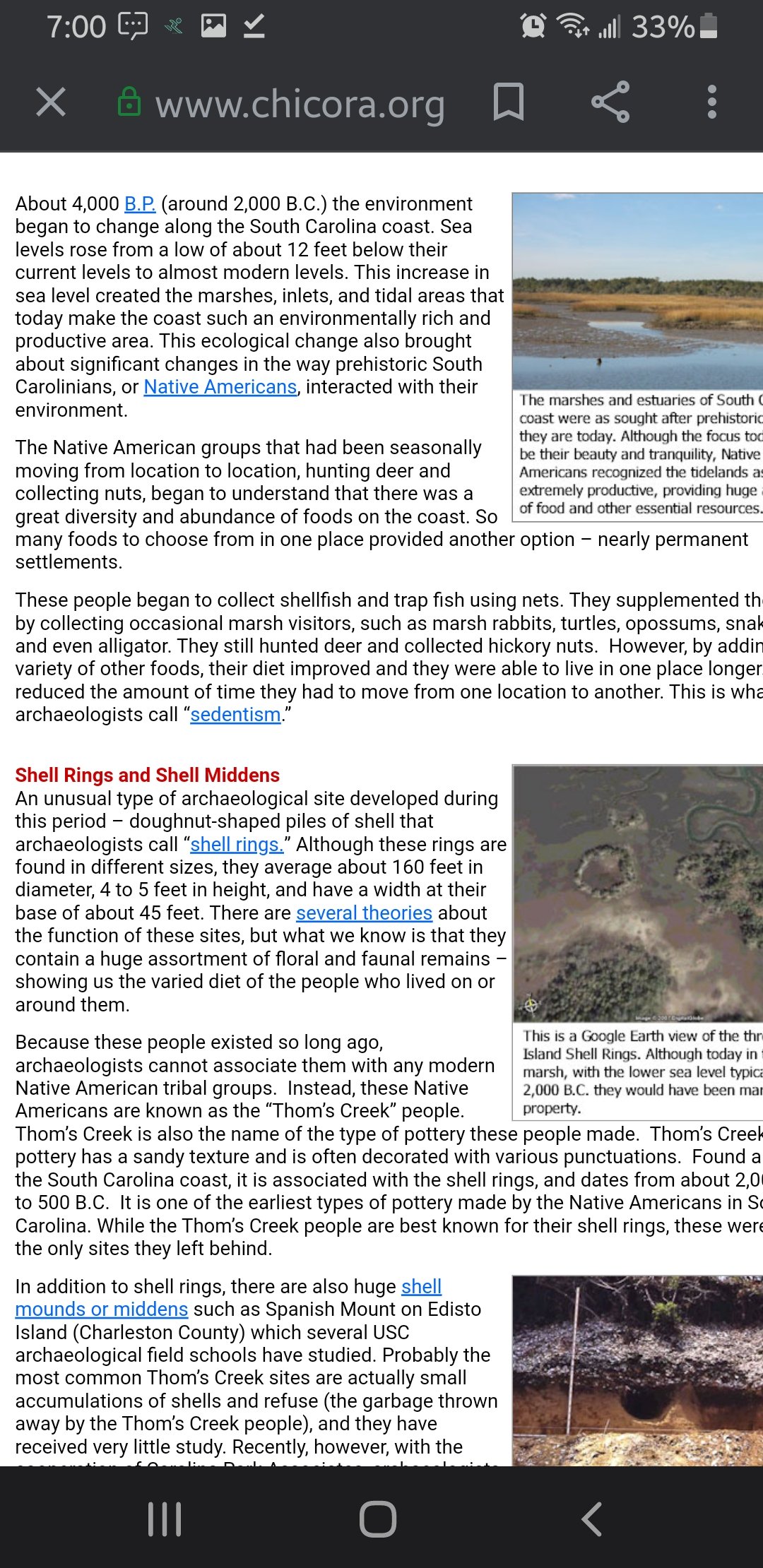
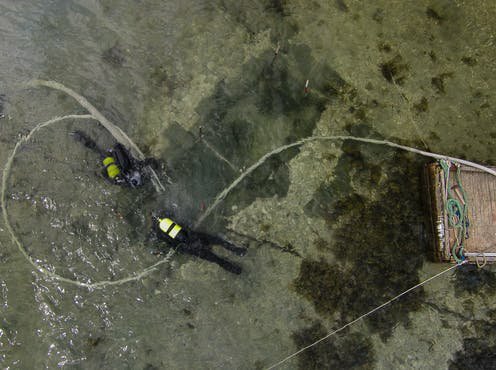
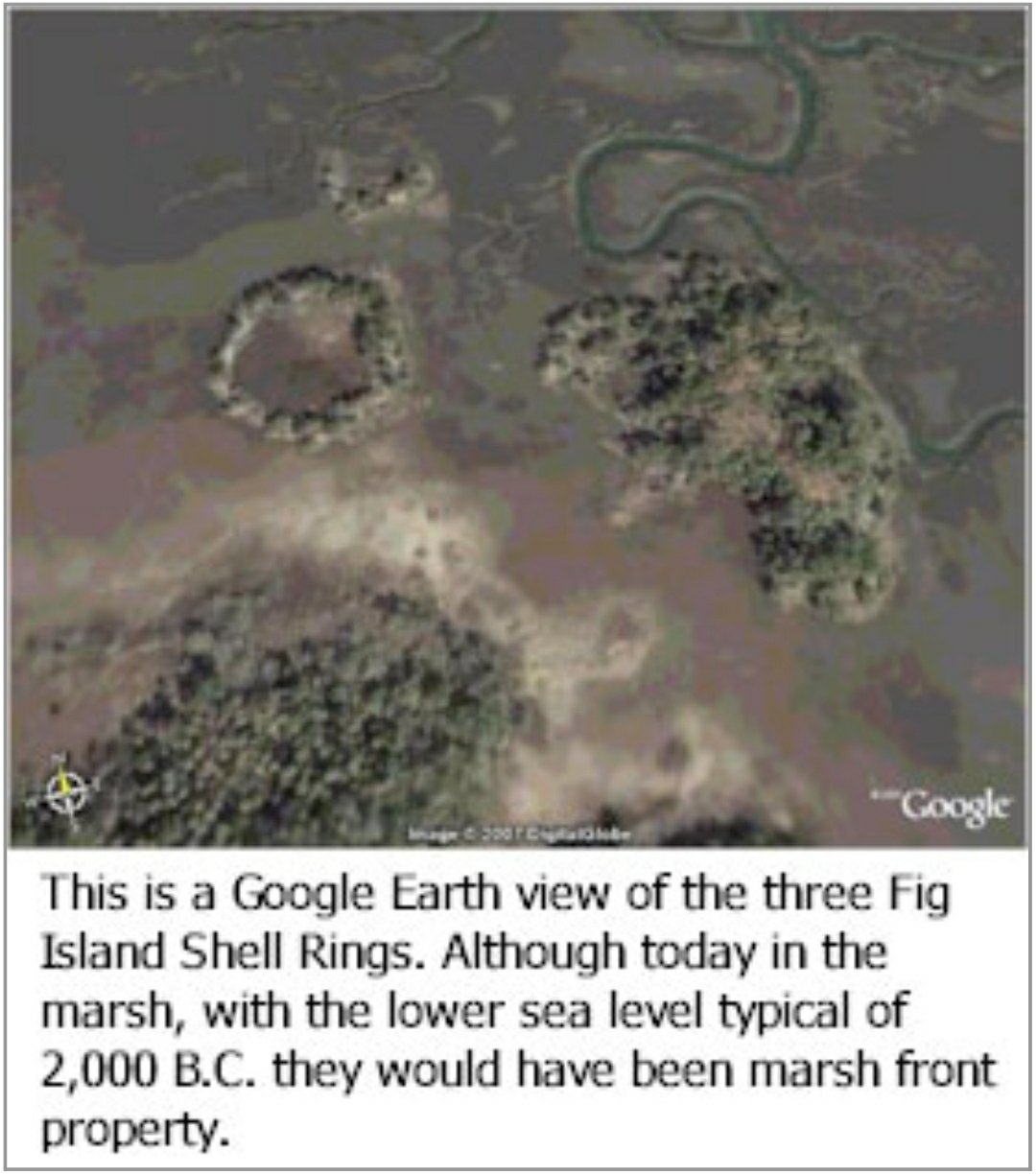
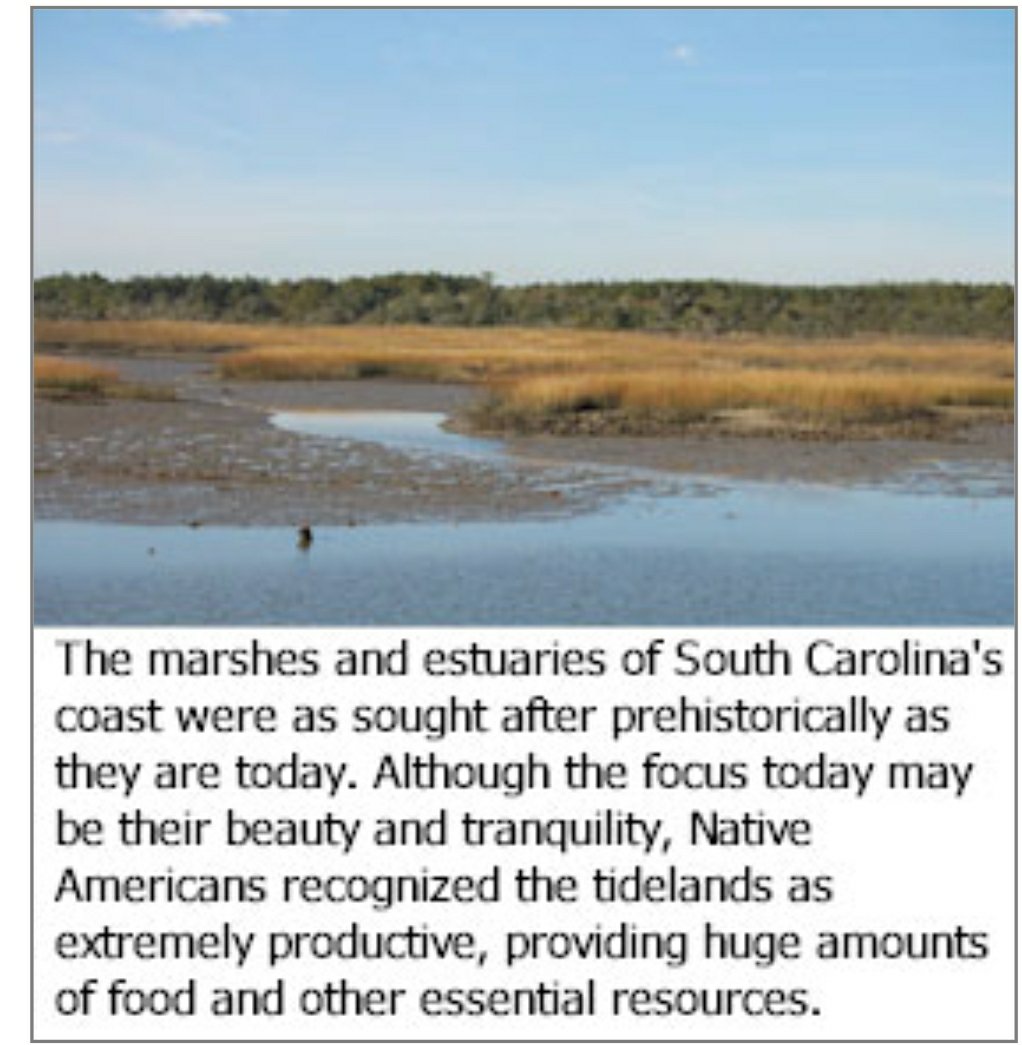
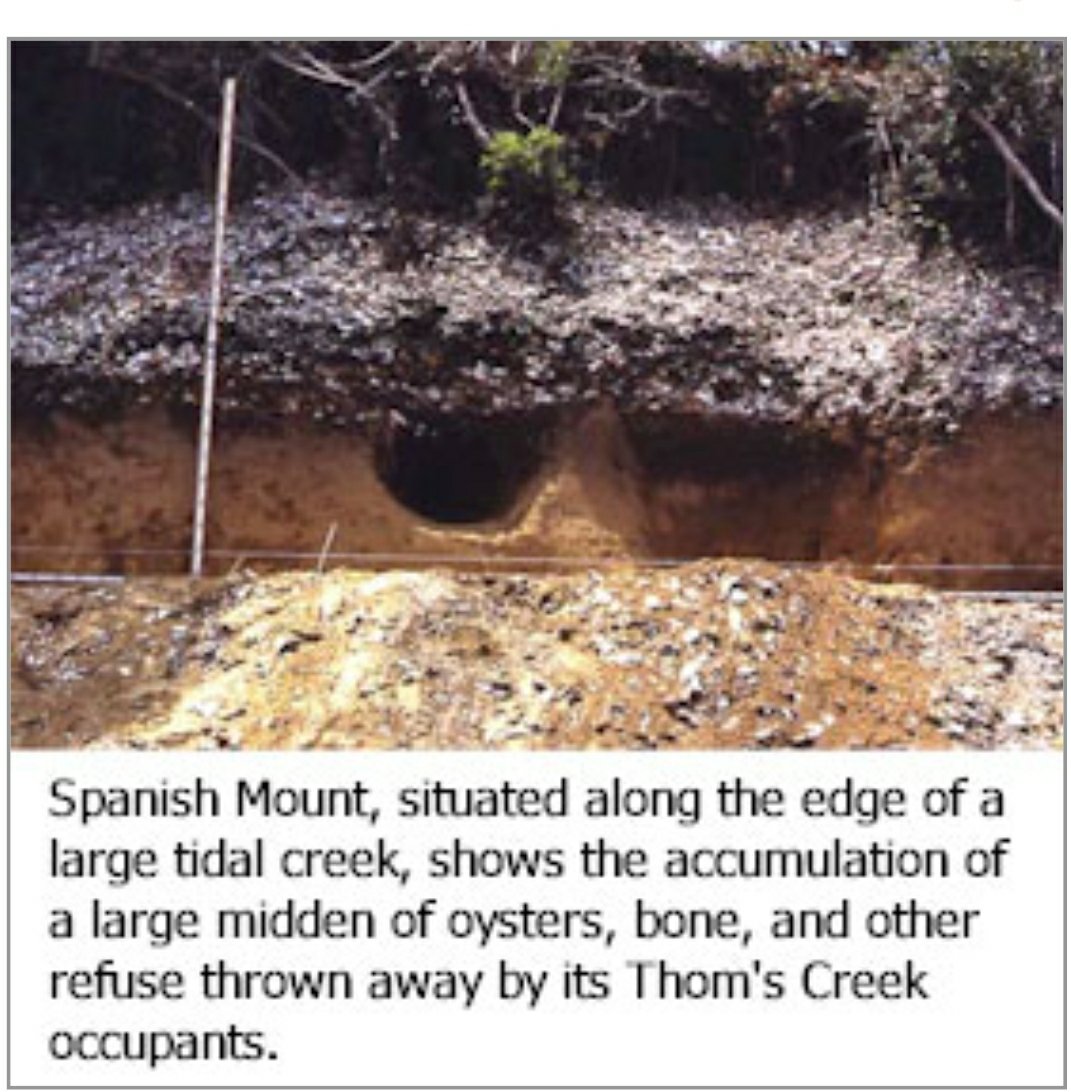
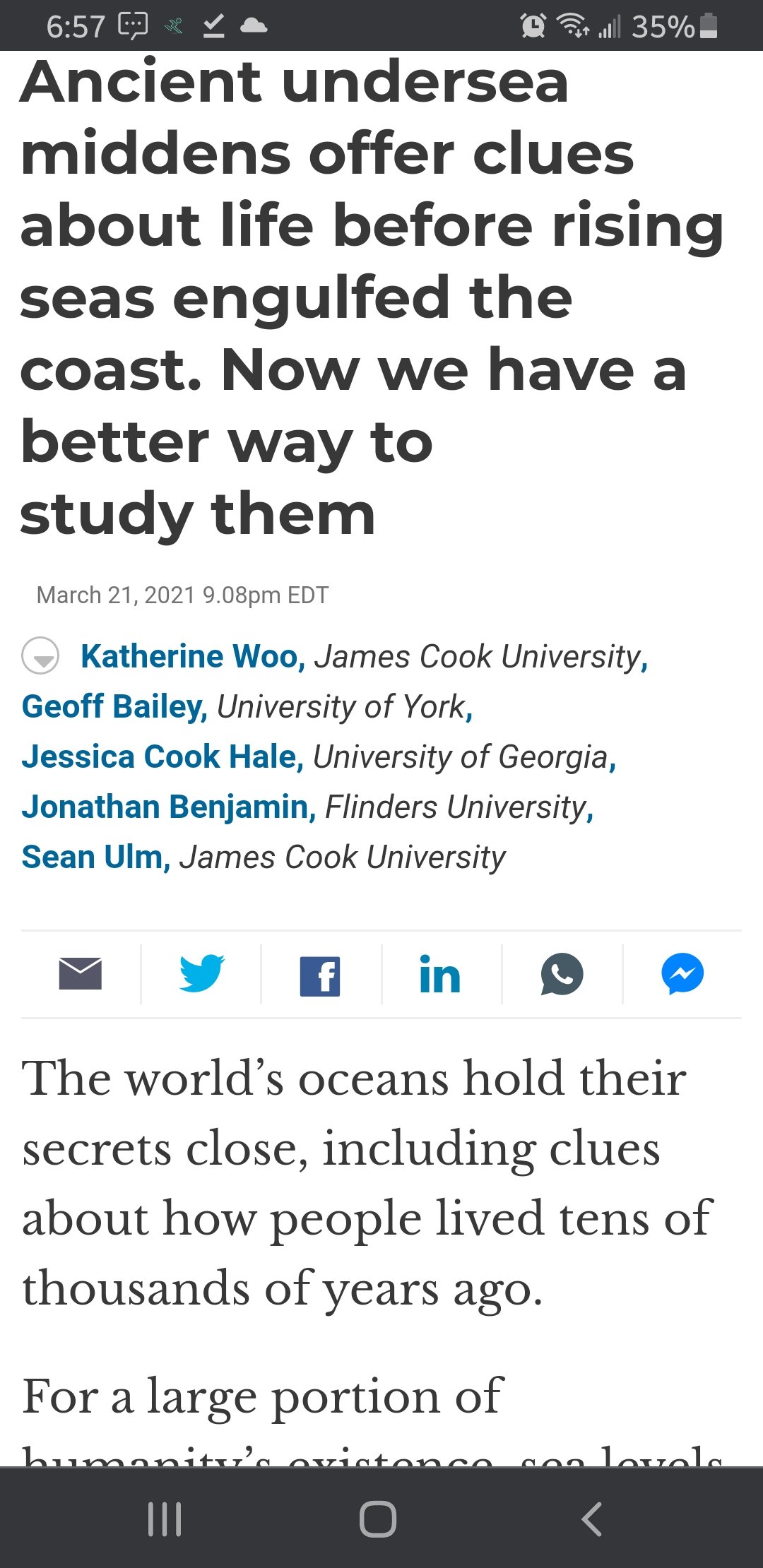
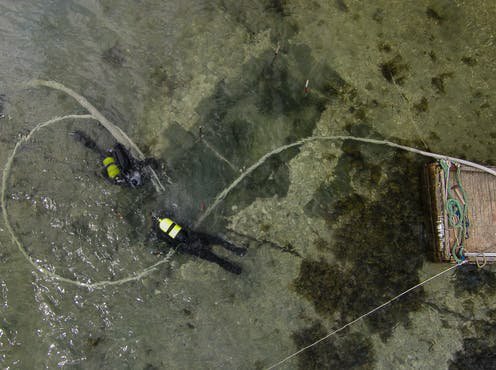
https://www.researchgate.net/figure/Block-removal-of-an-undisturbed-section-of-the-Hjarno-shell-midden-deposit-and-potential_fig5_326011644
History of Swash Manor c1926 http://swashmanor.com/swash-manors-history/
Add a sentence or two about an idea, topic, or service you want to share with your readers.
